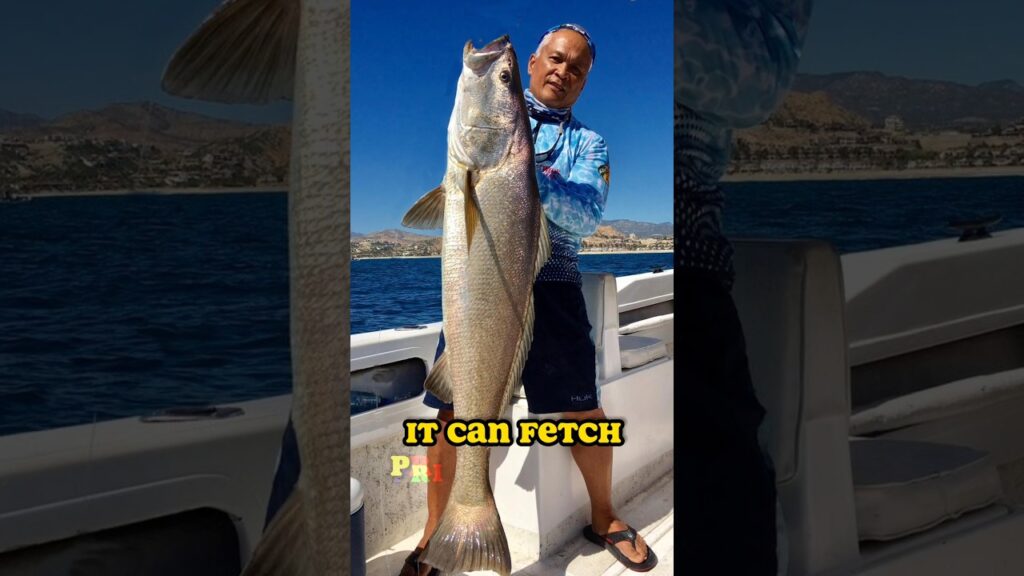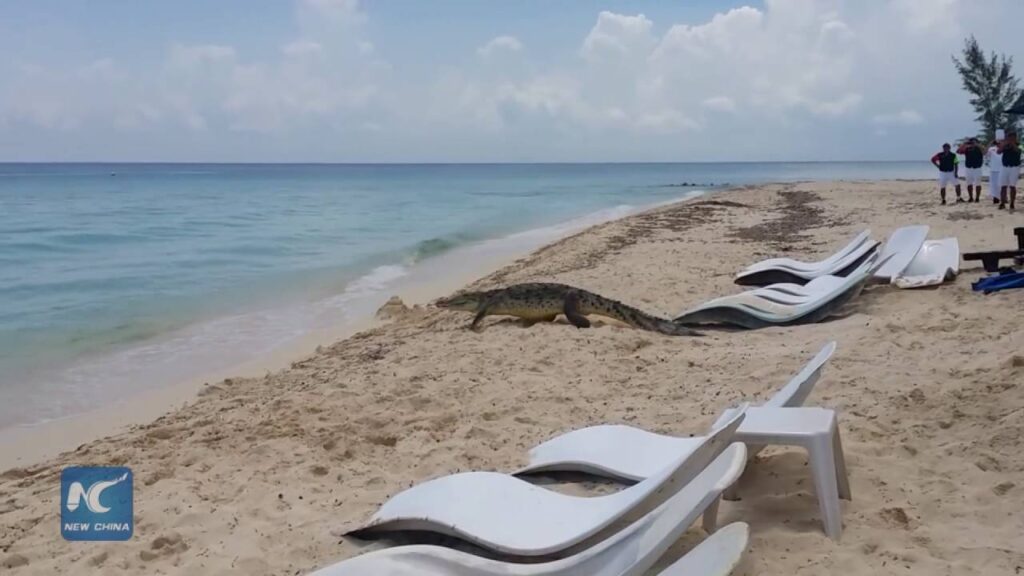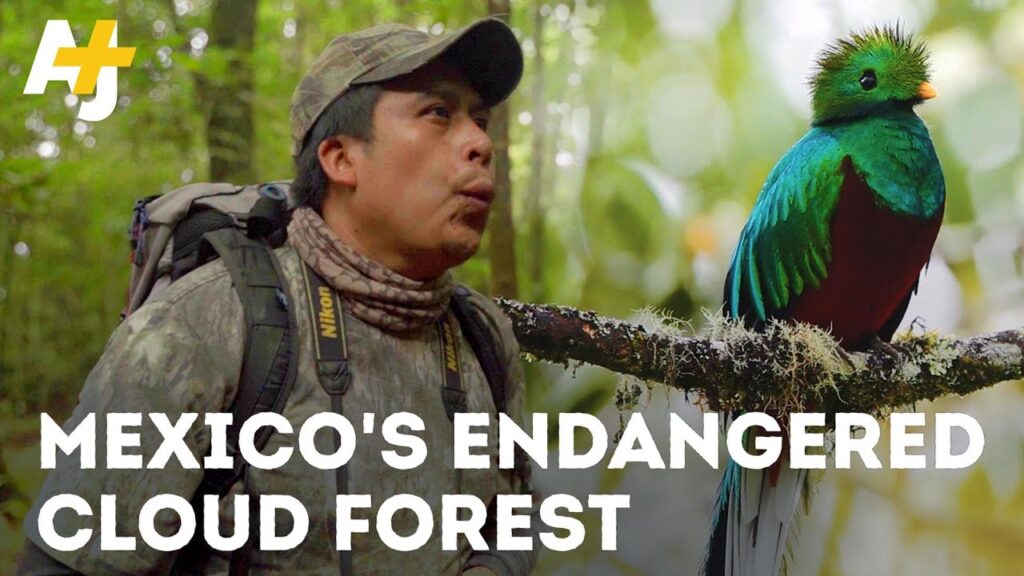Discovering the Totoaba: The World’s Most Expensive Fish
In the shimmering waters of the Gulf of California, there lies a treasure sought after by many yet seen by few: the Totoaba. This large fish, endemic to the sea also known as the Sea of Cortez, has become infamous for its purportedly miraculous swim bladder, igniting a surge in illegal fishing practices due to the staggering demand and substantial prices it fetches in the black market, particularly in Asia where it is believed to have medicinal properties.
The Totoaba, scientifically known as Totoaba macdonaldi, can reach lengths of up to 2 meters and weigh well over 100 kilograms. Its massive size coupled with its rarity make the Totoaba one of the most sought-after fish in the world. The conservation status of the Totoaba is currently listed as critically endangered, with overfishing cited as the primary threat to its existence, posing a significant challenge to ecological and preservation efforts in the region.
Engaging in the trade of the Totoaba’s swim bladder, known as «aquatic cocaine,» is not only illicit but also contributes to the endangerment of another species, the vaquita porpoise, which often gets caught in gillnets as bycatch. These nets are set up primarily for the Totoaba but sadly capture and kill these innocent bystanders, pushing the vaquita populace to the brink of extinction as the smallest and most endangered marine mammal.
The voracious market for Totoaba swim bladders has resulted in a gold rush-like scenario where fishermen are lured by the prospect of substantial monetary gain. This has led to a rampant increase in poaching, pushing the Mexican authorities and conservation groups to take urgent steps towards safeguarding the future of both the Totoaba and the vaquita. Efforts are focussed on patrolling, enforcing regulations, and promoting awareness about the importance of preserving these species.
Despite the challenges faced, the allure of the Totoaba remains a tale of mystery and adventure for those passionate about marine life and entire ecosystems. The story of the Totoaba has become a compelling narrative of the complexities surrounding conservation, the high costs of human greed, and the importance of sustainable practices for the future of our oceans. The plight of the Totoaba is a stark reminder that the most expensive fish in the world may carry a price tag far beyond what any market can quantify—the potential loss of irreplaceable natural heritage.
The Plight of the Totoaba: Mexico’s Endangered Treasure
The Totoaba, a large and majestic marine fish native to the Gulf of California, has become a symbol of ecological concern in Mexico. This critically endangered species, known scientifically as Totoaba macdonaldi, faces a dire situation, primarily due to overfishing and bycatch. As the largest member of the drum family in the region, mature individuals can reach lengths of over two meters, making them a coveted target for fishing enthusiasts and illegal poaching operations alike.
One of the main factors contributing to the plight of the Totoaba is the high demand for their swim bladders in international markets, where they are considered a luxury item for their supposed medicinal properties. This demand has fueled a black market that has proven difficult to eradicate, despite various conservation efforts and legal protections established by the Mexican government. The illegal trade has not only put the Totoaba at risk but has also had severe implications for the local communities and the health of the marine ecosystem.
The consequences of the Totoaba’s decline extend beyond the species itself, impacting the critically endangered vaquita porpoise, which frequently becomes entangled in gillnets intended for the Totoaba. The vaquita porpoise, with fewer than 10 individuals estimated to remain in the wild, is teetering on the brink of extinction as a direct result of bycatch in illegal Totoaba fishing operations, highlighting the interconnectedness of marine species and the importance of sustainable practices.
Conservationists and scientists are tirelessly working to save the Totoaba through various initiatives. These include habitat protection, stringent enforcement of fishing regulations, and fostering community involvement to develop sustainable fishing practices. Additionally, awareness campaigns aim to reduce the demand for Totoaba swim bladders, educating the public about the critical role this species plays in the Gulf of California’s biodiversity and the broader negative effects of the illegal wildlife trade.
In the face of these challenges, Mexico has the opportunity to turn the tide for the Totoaba. By bolstering conservation efforts and collaborating with international partners to shut down black markets, there is hope for the recovery of this iconic species. The story of the Totoaba is a poignant reminder of the urgent need for global cooperation in the fight against wildlife trafficking and the protection of our planet’s natural treasures.
Understanding the Value: Why is the Totoaba So Expensive?
The totoaba, a large sea bass found in the Gulf of California, has been at the center of a multi-million dollar black market for years. At the heart of its value lies the totoaba’s swim bladder, which is highly coveted in international markets, particularly in Asia, for its perceived medicinal properties. The demand for these swim bladders, also known as «aquatic cocaine,» has driven prices to exorbitant levels, making the totoaba one of the most valuable fish in the world.
Illegal fishing practices have surged due to the high value placed on the totoaba’s swim bladder. Often referred to as «gold of the sea,» a single totoaba bladder can fetch thousands of dollars. This has not only led to the overfishing of the species, pushing it to the brink of extinction, but has also resulted in significant collateral damage. The use of gillnets, the primary tool for catching totoaba, has been detrimental to marine life in the region, most notably affecting the critically endangered vaquita porpoise.
Despite international laws and conservation efforts, the trade of totoaba bladders persists, driven by deeply rooted cultural beliefs and practices. In certain cultures, totoaba bladder is believed to possess properties that can cure various ailments, contribute to better skin health, and even act as an aphrodisiac. These beliefs fuel the demand, which in turn sustains the high market prices and the relentless hunting of the fish.
Conservationists and researchers are working tirelessly to highlight the importance of sustainable practices and to educate the public on the consequences of the illegal totoaba trade. The complexities involved in balancing economic incentives for fishermen with the need to preserve wildlife present ongoing challenges. As efforts to protect the totoaba continue, understanding its value in economic terms becomes crucial to formulating strategies that can prevent its extinction and restore balance to the ecosystem of the Gulf of California.
Conservation Efforts for the Totoaba in Mexican Waters
The Totoaba, a large fish endemic to the Gulf of California, has been the focus of conservationists for decades. Despite being critically endangered, efforts to protect this valuable species are proving to be a beacon of hope. The Mexican government and various NGOs have initiated a range of measures aimed at safeguarding the Totoaba’s future.
One of the most significant initiatives is the establishment of marine protected areas. These zones restrict human activities such as fishing and oil exploration, providing a safe haven for Totoaba to breed and grow. Enforcing these regulations has been challenging but crucial in the fight against illegal fishing practices, which have greatly contributed to the species’ decline.
Community Involvement has been pivotal in Totoaba conservation. Local communities, once part of the problem due to reliance on fishing, have transformed into an integral part of the solution. Conservation programs often include educational campaigns and sustainable livelihood projects designed to reduce the economic dependence on fishing and increase awareness about the importance of the Totoaba.
In addition to protecting adult Totoaba, captive breeding programs have been implemented as a method to bolster the wild population. These programs involve raising Totoaba in controlled environments and then releasing them into the Gulf. Tagging these individuals helps scientists monitor their survival rate and adapt breeding strategies accordingly.
International collaboration is also a key component of the Totoaba conservation strategy. Illegal trade of the Totoaba’s swim bladder, a prized item in traditional medicine and gourmet cuisine, primarily involves demand from outside Mexico. Working with international agencies has improved tracking and crackdown on illegal trade routes, while also fostering global awareness of the Totoaba’s plight.
Responsible Tourism: Observing the Totoaba Without Harming It
The Totoaba, a fish endemic to the Gulf of California, has been the center of conservation efforts for years. With its population dwindling due to overfishing and habitat destruction, it’s more important than ever to engage in responsible practices while observing these creatures in their natural environment. Tourists have the unique opportunity to witness the majestic Totoaba, but it’s essential that this be done in a way that does not interfere with their survival.
Observing the Totoaba can be a thrilling part of any eco-adventure in Mexico, but it’s crucial that this is done at a distance. Maintaining a respectful distance while on boat tours ensures that the Totoaba are not startled or disturbed by human activity. Local guides are knowledgeable about the Totoaba’s behavior and can help tourists view these fish without causing stress or disrupting their natural patterns.
Educational tours have the dual benefit of providing tourists with the chance to learn about the Totoaba while also informing them of the conservation efforts taking place. These tours highlight the importance of the Totoaba to the marine ecosystem and the dangers posed by illegal fishing practices. Aimed at fostering a sense of stewardship, they encourage visitors to take an active role in preservation, even after their trip ends.
It’s also vital for visitors to choose tour operators who are committed to responsible and sustainable tourism practices. Operators that follow established guidelines and show a genuine respect for the Totoaba’s habitat contribute to the overall health of the ecosystem. By making informed choices, tourists can ensure that their experiences do not come at the cost of the environment and the species that inhabit it.



